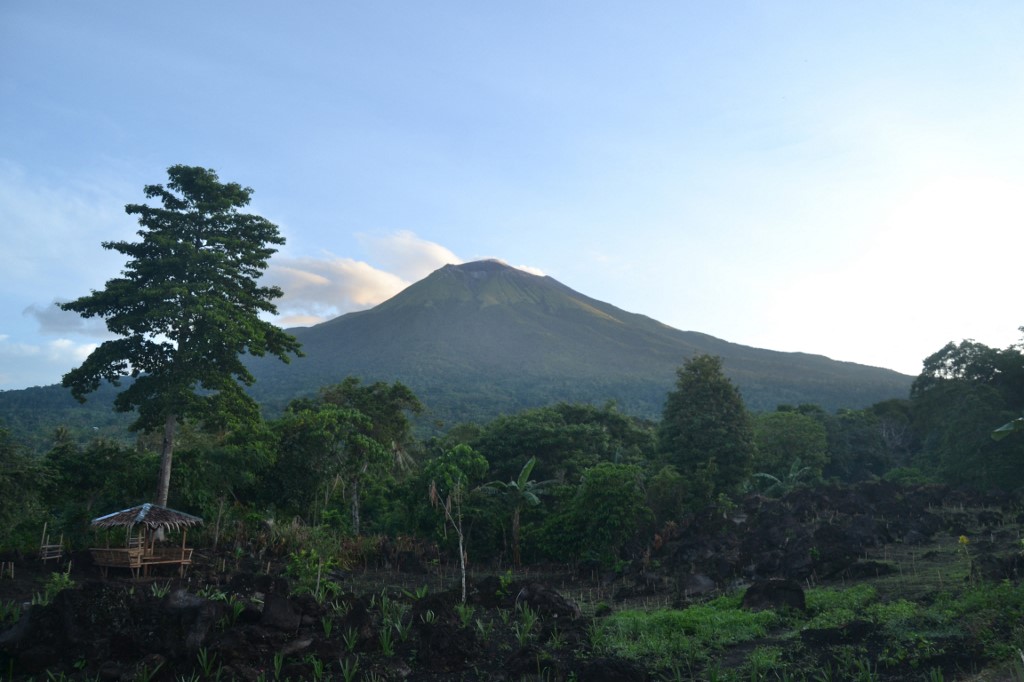Kanlaon Volcano in Negros Island has been showing signs of unrest as it spews massive amounts of gas in the past few days, according to the Philippine Institute of Volcanology and Seismology.
The Alert Level 1 status of the Kanlaon volcano may pose sudden steam-driven explosions or phreatic eruptions as its emission of volcanic sulfur dioxide or SO2 from the summit crater has increased since 30 April.
In its latest advisory Tuesday, the volcano emitted 1,099 tons of gas—the highest value recorded this year—compared to the 124 tons a day since March.
In addition, the real-time and continuous volcanic gas monitoring of thermal springs on the northern slopes has detected for the first time volcanic SO2 concentrations beginning in April this year.
The Kanlaon volcano remains at low-level unrest wherein a slight increase in volcanic earthquake and steam or gas activity has been observed.
Its network recorded 141 volcanic earthquakes, an average of five tremors daily, between 1 to 30 April. These earthquakes occurred at shallow depths to depths of 10 kilometers across the northern to western portions of the edifice.
Kanlaon’s SO2 emission was measured at an average of 153 tonnes/day on 24 August, with sporadic explosions from the summit crater or new vents expected.
Phivolcs said the ground deformation data from continuous GPS and electronic tilt measurements showed there was short-term inflation of the lower and middle slopes since March, indicating slow pressurization within the volcano.
The notable increase in the temperature, acidity, and volcanic gas concentrations of monitored springs and fumaroles with slight inflation or swelling of the edifice—could indicate increased hydrothermal activity occurring beneath the edifice which is possibly driven by degassing of even deeper magma.
Kanlaon volcano may also induce hydrothermal, magmatic, or tectonic disturbances. The source of activity may be shallow, near the summit crater, or in the vicinity of the edifice.
Entering a four-kilometer permanent danger zone near the volcano remains prohibited.
Flying any aircraft close to the volcano is likewise not allowed due to increased chances of sudden and hazardous phreatic eruptions occurring without warning.
